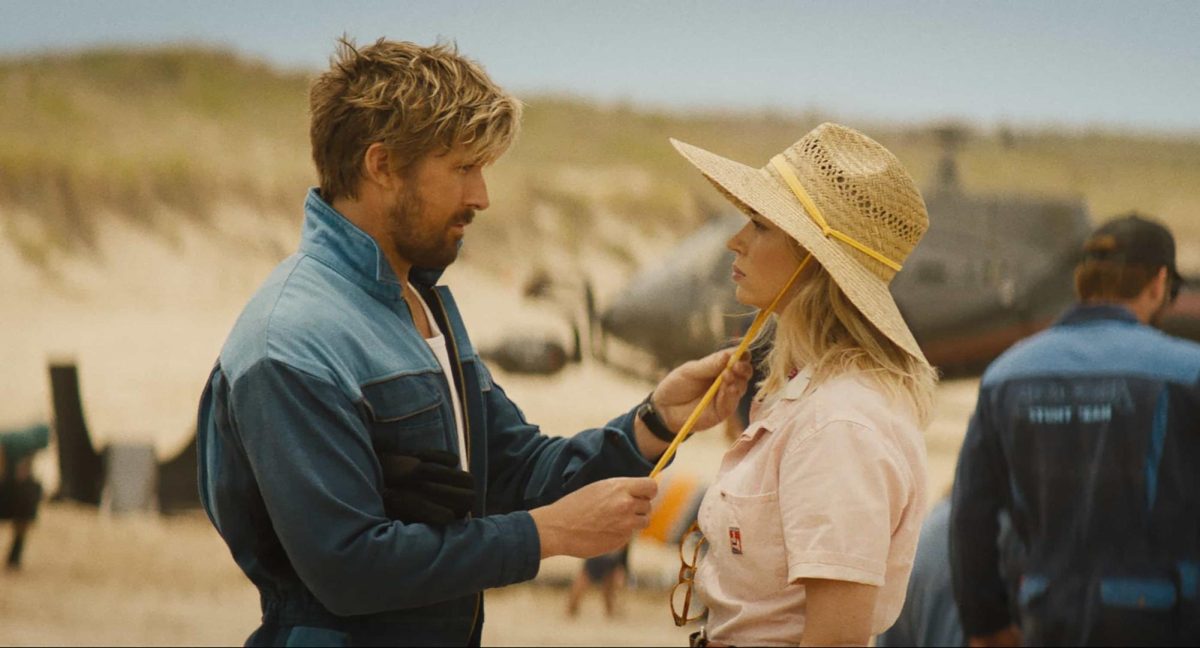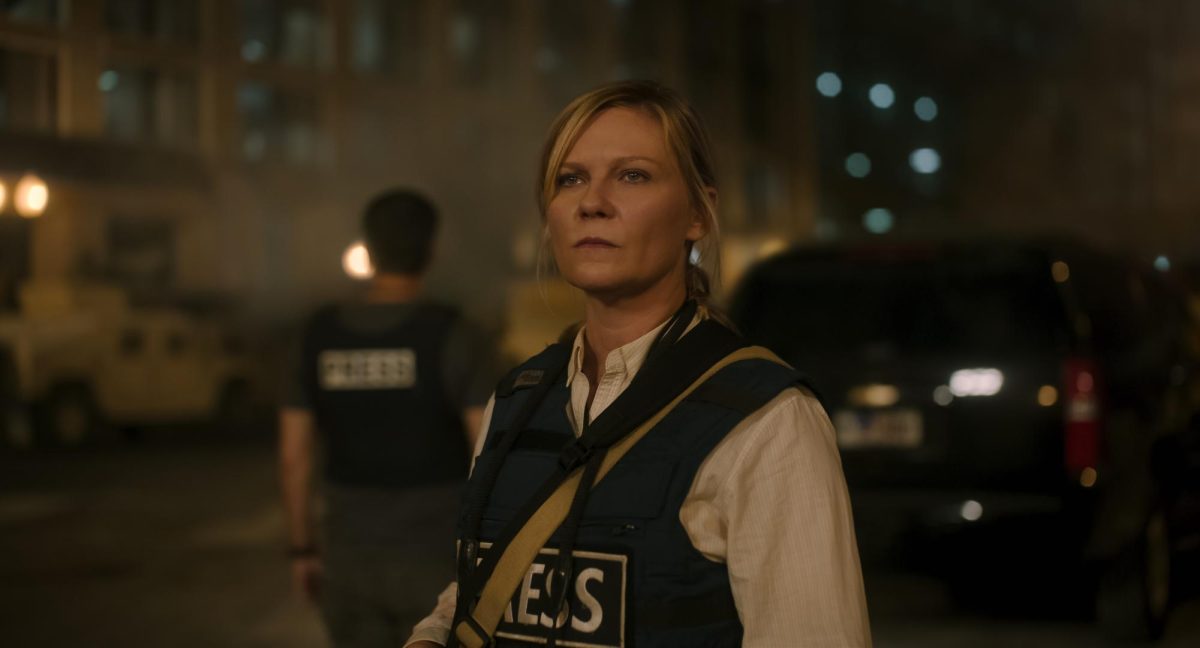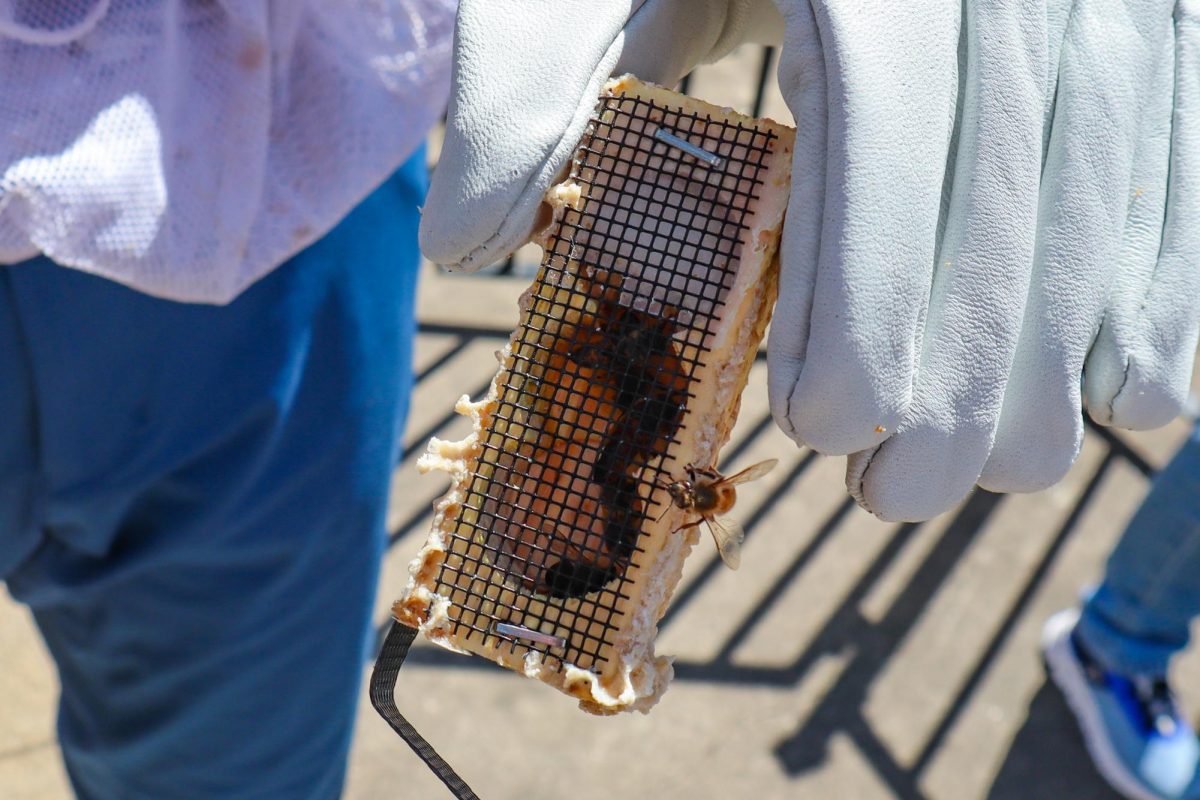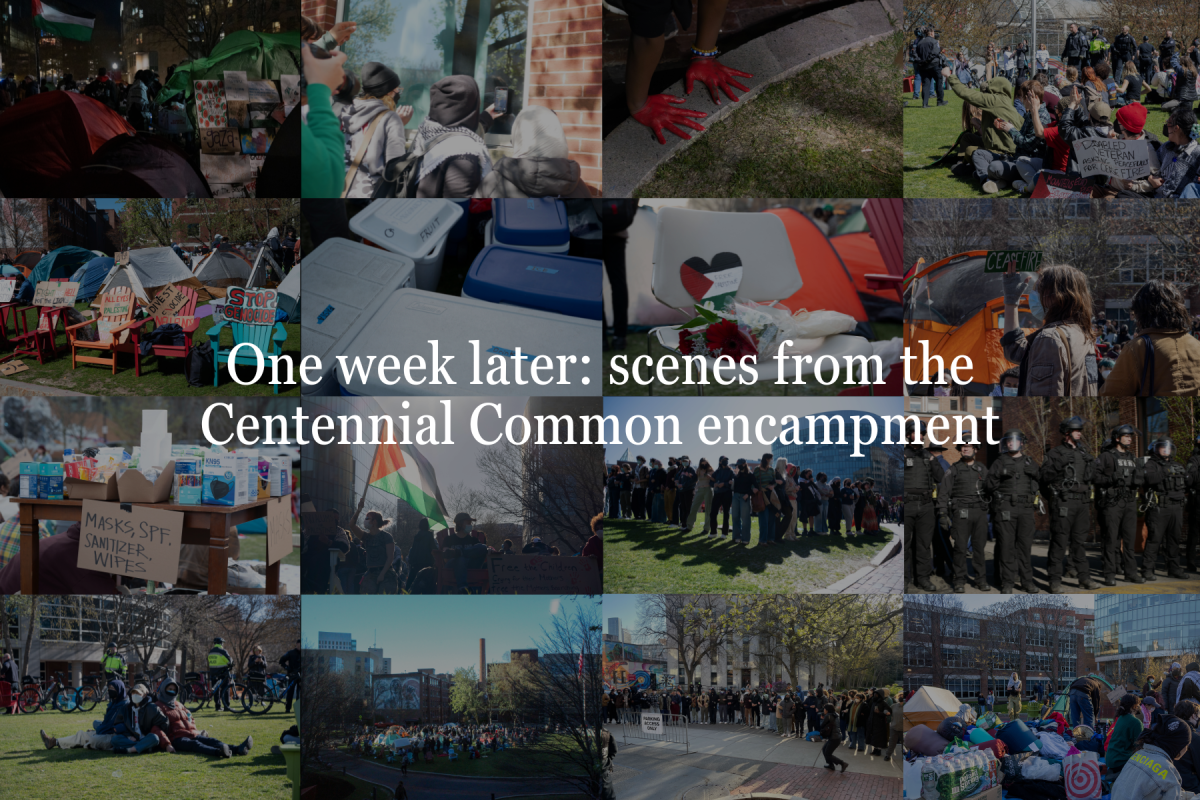By Nicole Haley
Rising from an oversized cushy chair in the lounge area of his hotel suite, the Academy Award-nominated actor greeted his guests wearing a black suit with a pink pinstriped vest and red tie. The atmosphere was formal by appearance, but relaxed and casual in structure.
Discussion topics flowed naturally from politics to relationships to the general complexity of the world. Four college journalists hung on every word between his long thoughtful pauses as the ever eccentric and brilliant John Malkovich told the story of his directorial debut and the behind the scenes struggles of his latest project.
On May 2, when “The Dancer Upstairs” comes to theaters, moviegoers will have the chance to experience the project that took Malkovich six years to perfect. The film, adapted from Nicholas Shakespeare’s novel of the same name, was inspired by the capture of Abimael Guzman, the leader of a violent terrorist Peruvian revolution known as The Shining Path. Malkovich was nearly halfway through reading the novel before he decided that he wanted to buy the rights for the movie.
For Malkovich, the genius of the story centers around the personal struggles of the central character, a police detective by the name of Agustin Rejas who spends 12 years tracking Guzman. Rejas, played by Academy Award nominee Javier Bardem (Before Night Falls), went from lawyer to police detective in his search for a more honorable and direct way to work with the law. Rejas struggles to capture the leader of a string of terrorist acts before the government declares martial law while also falling in love with his daughter’s ballet teacher. Despite Rejas’ attempts to keep his romance with Yolanda, played by Italian actress Laura Morante, separate from his increasingly dangerous and consuming investigation work, the two storylines end up having an interesting collision.
The political story is intentionally ambiguous from the beginning of the film, which is set somewhere in Latin America in the “recent past.” Malkovich said that he leaves political details to the “realm of non-fiction” because “film doesn’t much do political struggles.” Relaying a kind of political thriller with an emphasis on individual conflict and character development seemed an obvious editorial decision for Malkovich, who insists “politics is completely personal.”
“There is some enormous confusion that’s fairly worldwide about what is political and what is personal — politics is surely a reflection of your personal experience, your personal emotions, the life you’ve personally led,” he said.
When choosing cuts in order to conform to his two-hour movie contract, Malkovich took out what he felt “didn’t add to but only belabored” the plot. He notes that some uncut scenes with secondary characters were left in because “they make you care about these people.” Throughout the story, the characters are revealed along with their pasts and possible connections, he said.
In a telling scene, Rejas and Yolanda are sitting in a coffee shop where various newspaper photographs line the walls. On the table, a list matches each head shot with identifications ranging from thieves to murderers to priests. The two take turns pointing to photos and guessing the corresponding identifications. Both of them are only right two out of four times. In a statement that later proves ironic, Rejas concludes: “That means half the people we meet we get wrong.”
The fact that we are never told the mission of the terrorist revolutionaries didn’t seem to bother Malkovich. For him, that wasn’t a significant part of the story.
“What difference does it make why people massacre people? There may be tactical reasons why but that doesn’t do much good for people on the ground,” he said
Malkovich was less concerned with the motivations for the terrorism than he was with how it changed the lives of the characters. With an amusing “when I was your age” introduction, Malkovich recalled how he was never very fond of manifestos. When he and his friends founded Chicago’s Steppenwolf Theatre Company, they considered writing one.
“We still have the theater 27 years later but we don’t have the manifesto,” he said.
The transition from in front of to behind the camera was a smooth one for Malkovich. He always expected he would be directing in film and had tried several times that fell through before “The Dancer Upstairs” came along.
While historical factors weren’t deemed necessary, Malkovich did show passion for the authenticity of his film. He was adamant from the beginning that the cast be made up of Latin actors that spoke English as a second language. It was difficult to get funding for the movie, Malkovich said, because people wanted “bankable” actors that were well established in America. Not only would he refuse to compromise his vision, but Malkovich went so far as to put names for the three main roles in his contract. He would not make the film unless he could use Javier Bardem, Laura Morante and Juan Diego Botto.
“I wanted the actors that I wanted because I think to direct a movie, why do something that you don’t want to do?” he said.
He speaks so matter-of-factly that one might forget about the six-year struggle to achieve his uncompromised vision and believe it really is just that simple. One has to wonder what it’s like to be so relaxed and have such confidence without being arrogant or self-absorbed – what it’s like to be John Malkovich.












